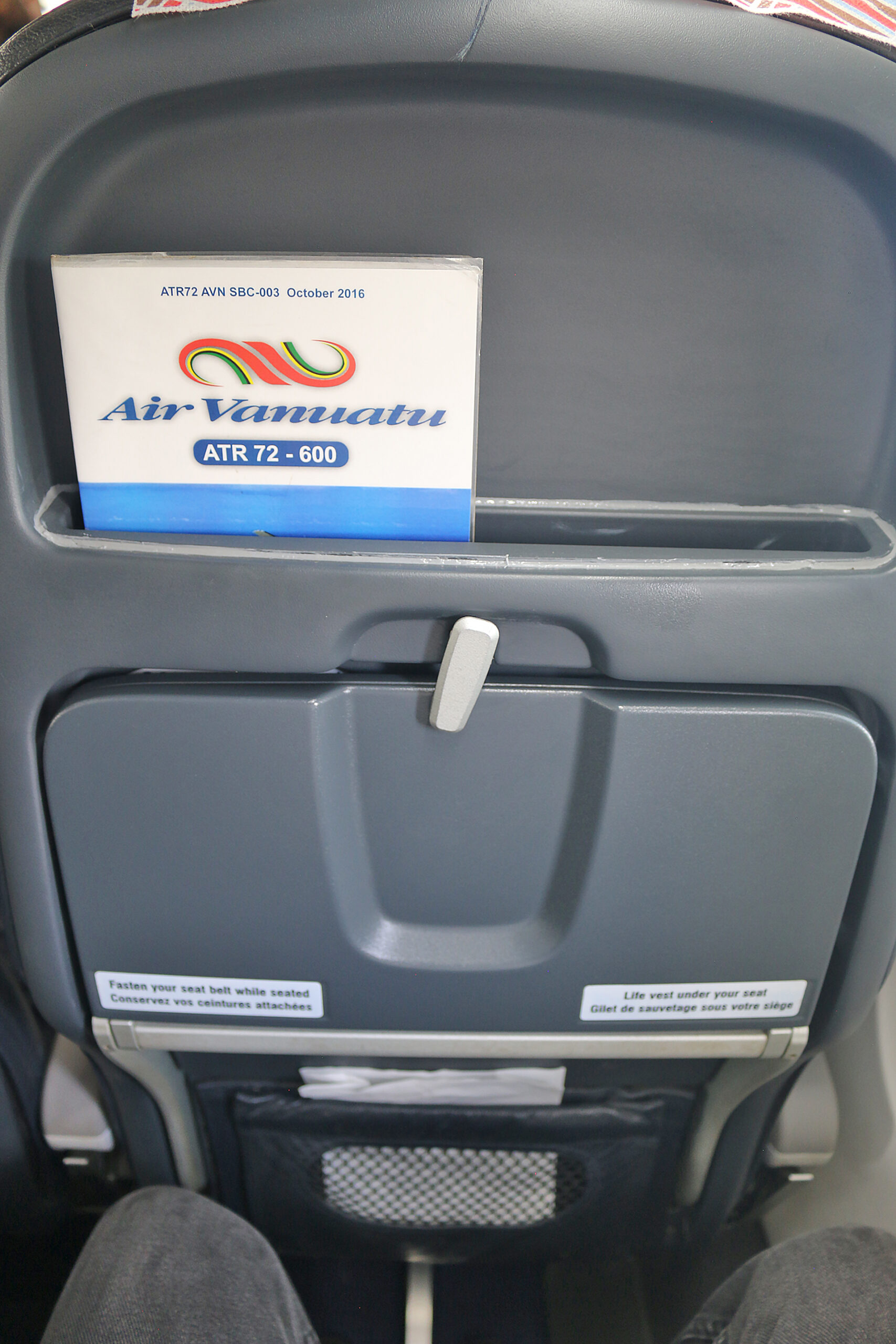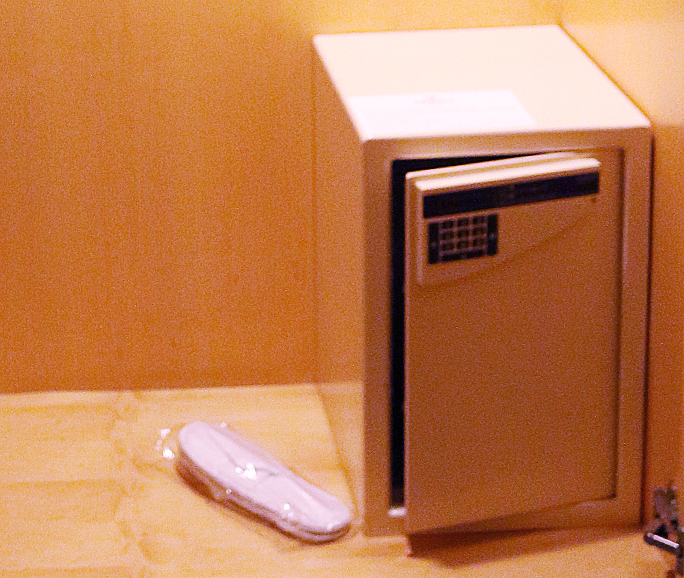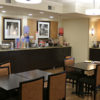The last time that I can remember losing something was when I lost a white twist tie for a cable I used to power a personal audio device — and that was years ago. While certainly not earth-shattering in the grand scheme of things, it was mildly irritating to me regardless. This article contains a list of 7 tips on how not to lose your personal belongings while traveling.
7 Tips on How Not to Lose Your Personal Belongings While Traveling
Other than a few other things so minor that they are not only not worth mentioning but I do not even remember what they were, I have not lost anything of any significant value while traveling since I was a teenager. Even then, the object which I lost had more sentimental value than monetary value.
Am I so good that I should proudly brag about it? Not by a long shot. As I first wrote in this article on Monday, July 9, 2012 and have modified for this updated article, I simply follow a few rules of advice on how to minimize — or even eliminate — the chance of losing something valuable when traveling to which I adhere when I travel; and I impart to you the following seven tips on how not to lose your personal belongings while traveling.
1. Do Not Take More Than You Need.
The more items you bring with you, the more times you will need to do inventory whenever you move from one location to another while you are traveling — and therefore the greater are your chances of losing something.
With the advent of technology, you can now have your camera, video camcorder, music player, address book, calendar and even publications stored in one convenient device. Unless absolutely necessary, there is no need carry items which serve a duplicitous purpose.
Take clothing with which you can mix and match; and do not fear wearing each item of clothing more than once. If that causes you to be squeamish, consider having those few pieces of your clothing items laundered while traveling for a nominal cost. More valuable advice on traveling light can be found here — including how to successfully carry a suit in a carry-on bag, which I have been doing for years.
2. Do Not Take More Cash Than You Need.

This piece of advice might seem to belong with the one immediately preceding it; but money is a very important part of travel — despite all of the travel writers who profess how you can travel for no money at all, as that is typically not the norm — and should be on its own, in my opinion.
I take just enough cash in case of an emergency — especially when I travel to countries where electronic methods of payment are otherwise unavailable — otherwise, the credit cards I take with me usually more than suffice whenever I need them. Ensure that your credit card does not charge a foreign transaction fee, which is typically three percent; and if it does, try to use your credit card in those situations even with foreign transaction fees, as it is the best use of your money. Keep in mind the currency conversion rate of your credit card as well; and whether or not that rate is favorable when compared to other options.
Although I usually attempt not to use it, I would rather pay the potential surcharges incurred on my bank card when using an automated teller machine rather than leave excess money in my hotel room with a chance of it being stolen — or worse, potentially be robbed of it when carrying it on my person. In the case of anyone who loses their cash, those extra charges certainly pale in comparison to having the money permanently gone. Just be careful that no nefarious people are nearby if you decide to use an automated teller machine, as you do not want your money or your personal identification number to be stolen.
If you must carry a large amount of cash — after all, places on our planet still exist where credit cards are not accepted and automated teller machines are not readily available — consider using a money belt or some other way to keep your cash hidden; and split up the cash around your person so that it is not all together in one lump sum in case of a robbery attempt.
Also, consider using cashless services such as PayPal and Venmo — but be careful to whom you give money, as those transactions are typically not reversible once they have been completed.
3. Use the Hotel Safe — and Not the One in Your Room.
If you really must have extra cash immediately available when you travel, you can take a chance by storing it in the safe in the hotel room if it is equipped with one — but there is no guarantee that you will see it again in there either, as storing items in the safe in the hotel room is by no means completely secure.
Rather, take any valuables you have and have the front desk clerk or manager store your items in the hotel safe instead — and be sure you get an official signed receipt as proof that the hotel indeed does have your belongings, just in case there is a dispute. This option may be less convenient — but it is significantly more secure.
4. Use the Pocket on the Back of the Seat in Front of You on an Airplane Sparingly.

“Out of sight, out of mind” is how that old saying goes. I never put anything of value in the pocket found on the back of a seat aboard an airplane. That ensures a significantly better chance of leaving your item in there after you deplane — especially if the item sinks deep into the pocket. I usually hold on to my items, have them in the seat with me, or keep them in my trusty carry-on bag.
Also, keep in mind that if the employees who maintain the airplane did not completely do their jobs, you might find something disgusting in the pocket in the back of the seat in front of you. Think gum that is already chewed and a used soiled diaper as two of countless examples of what you might find with which you would not want any item of yours to intermingle.
After the airplane lands, I search all areas around and underneath my seat, as well as the pocket on the back of the seat in front of me, just in case to ensure that I am indeed leaving nothing behind when I am ready to exit — which leads to the next piece of advice…
5. Consolidate Your Belongings and Create a Routine.
Routines are boring, and I typically despise them — but they ensure that you will lose fewer belongings if you adhere to them. You might also find yourself slightly wealthier in rare situations. I already mentioned my routine aboard an airplane, and I perform similar routines with rental cars and hotel rooms.
I keep most of my belongings in my bag during a stay at a hotel or resort property, which ensures that I know where everything is centrally located; and I can also leave with my belongings quickly on short notice if necessary.
I search every cavity and area when I return a rented vehicle to a rental car facility as my receipt is prepared: in the trunk, under all seats and floor mats, in the glove compartment, the console between the seats, the pockets in the car doors and the backs of the front seats, and any other hidden areas. You might be surprised at how much I find as a result — such as $5.00 worth of quarters in a film canister under the driver’s seat.
The same goes for hotel rooms: under the bed, in the drawers of every piece of furniture, around the bathroom, in the closet and over the door jamb. Yes, you read that right — over the door jamb, as I have found money there too. That one still puzzles me to this day — who in the world keeps money over a door jamb…?!?
Keep in mind that just as prevalent is the possibility you might find something of benefit to you, you might also find something disgusting or unappealing. I decided to omit from this article the possibilities of what you might actually find.
6. Personalize Your Belongings.
While ensuring that your name, telephone number, and e-mail address are taped, stitched, or engraved on your personal belongings does not guarantee a safe return to you in case they ever become lost, it certainly increases your chances of seeing them again. Do not include your home address, however — you probably do not want a stranger knowing where you live.
Colors play a role as well in personalization. You have probably heard many times to use color to identify your luggage — a self-adhesive sticker, a luggage tag, or even the color of the luggage itself — so that when it takes that inevitable ride on the baggage conveyor belt, a fellow passenger will be less likely to retrieve your luggage by mistake. Choose a color which you believe identifies with you.
Not having to check your baggage in the first place whenever you travel can help reduce the need to personalize your belongings.
7. Use a Tracking Device.
Tracking devices can be a great way to not lose expensive items — but the cost of them can add up. For example, Apple officially sells its AirTag tracking devices at $29.99 each; or $49.99 for a package of four of them. Those prices do not include tax or shipping costs, if any.
Still, if you are using a laptop computer worth $3,000.00 or a camera worth $2,000.00 and you are prone to misplacing them, tracking devices can help mitigate the inconvenience.
Final Boarding Call
This list of seven tips on how not to lose your personal belongings while traveling is by no means exhaustive; but if these simple tips help prevent even one person from potentially and needlessly losing their valuable belongings or cash on a future trip, then they have served their purpose.
In the Comments section of the aforementioned article, FlyerTalk member Bobhob “had an Okoban tracer tag on my passport. A waiter where I ate lunch found it and entered my tracker number on the Okoban website and I was sent a text message (and an email) before I ever even knew my passport was missing. Lucky for me because I was leaving in the morning for Germany and getting a new passport would have been impossible. The tags are available through http://www.mystufflostandfound.com. They saved my trip and I now have them on almost everything that goes with me on a trip.” This piece of advice might be useful for you…
…and now it is your turn: please share your experiences and stories on items which you have lost while traveling; as well as any tips and advice you have to prevent fellow travelers from losing cash and valuables while traveling in the future.
All photographs ©2015, ©2016, and ©2025 by Brian Cohen.

